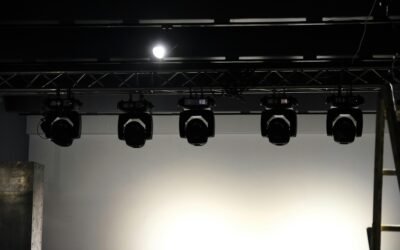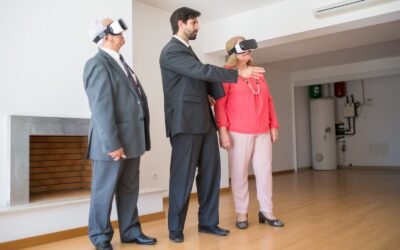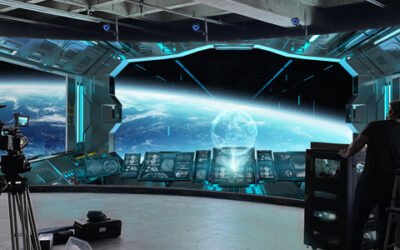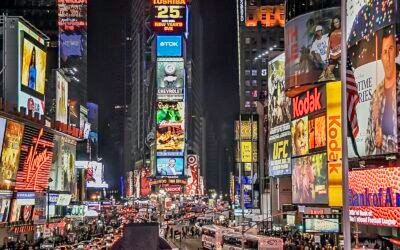A gaming room is a dedicated space within a home or establishment specifically designed and equipped for playing video games, board games, tabletop games, and other forms of gaming entertainment. These rooms are often customized to suit the preferences and interests of the gamers who will be using them, providing a comfortable and immersive environment for gaming activities.
Key features of a gaming room may include:
- Gaming Consoles and PCs: Gaming rooms are typically equipped with gaming consoles such as PlayStation, Xbox, Nintendo Switch, or high-performance gaming PCs capable of running the latest video games with high graphics settings.
- Large Screen Displays: Large-screen displays such as high-definition TVs, gaming monitors, or projector screens are commonly used to provide an immersive gaming experience with vibrant visuals and crisp resolution.
- Gaming Furniture: Comfortable and ergonomic furniture is essential for gaming sessions that may last for extended periods. Gaming chairs with adjustable armrests, lumbar support, and reclining features are popular choices for gaming rooms.
- Gaming Accessories: Gaming rooms may feature a variety of accessories such as gaming headsets, controllers, keyboards, mice, steering wheels, and virtual reality (VR) peripherals to enhance gameplay and control options.
- Storage Solutions: Storage solutions such as shelves, cabinets, or storage bins are used to organize and store gaming consoles, controllers, games, accessories, and other gaming-related items neatly and efficiently.
- Ambient Lighting: Lighting plays a crucial role in creating the right atmosphere and mood in a gaming room. Soft ambient lighting, LED strips, or customizable lighting systems can be used to enhance the gaming experience and add visual interest to the space.
- Sound Systems: High-quality sound systems, including surround sound speakers, soundbars, or gaming headphones, are essential for immersive audio experiences that enhance gameplay and immerse players in the virtual worlds of their favorite games.
- Themed Decor: Gaming rooms often feature themed decor, posters, artwork, or memorabilia related to favorite video games, movies, TV shows, or pop culture icons that reflect the interests and personalities of the gamers who use the space.
- Multiplayer and Social Gaming Setup: Gaming rooms may be designed to accommodate multiplayer gaming sessions, LAN parties, or social gatherings with friends and family. Multiplayer gaming setups with multiple consoles or PCs connected to the same network allow players to compete or collaborate in multiplayer games.
Overall, a gaming room serves as a dedicated sanctuary for gamers to relax, unwind, and indulge in their favorite gaming activities in a comfortable and immersive environment tailored to their preferences and gaming habits.







